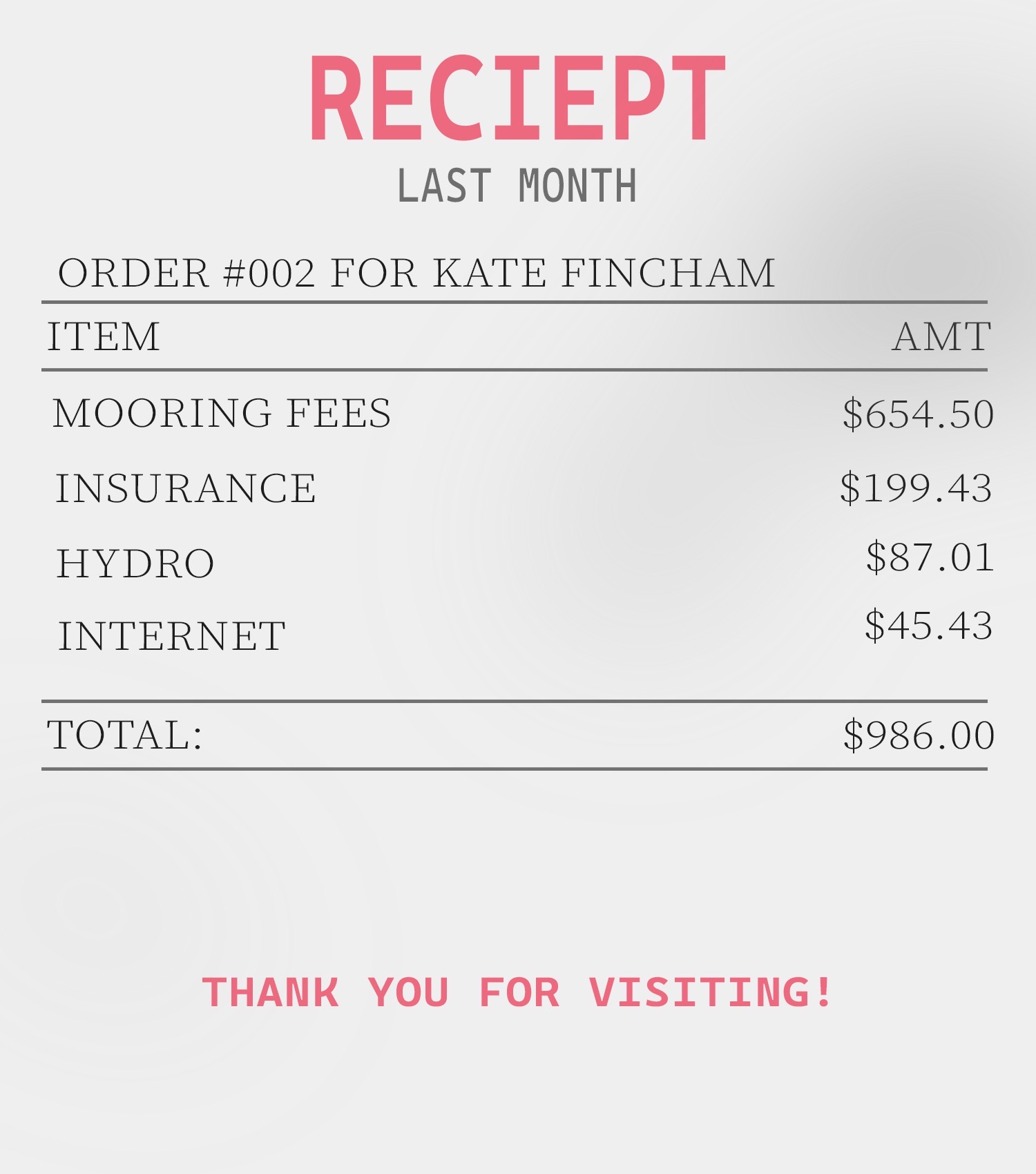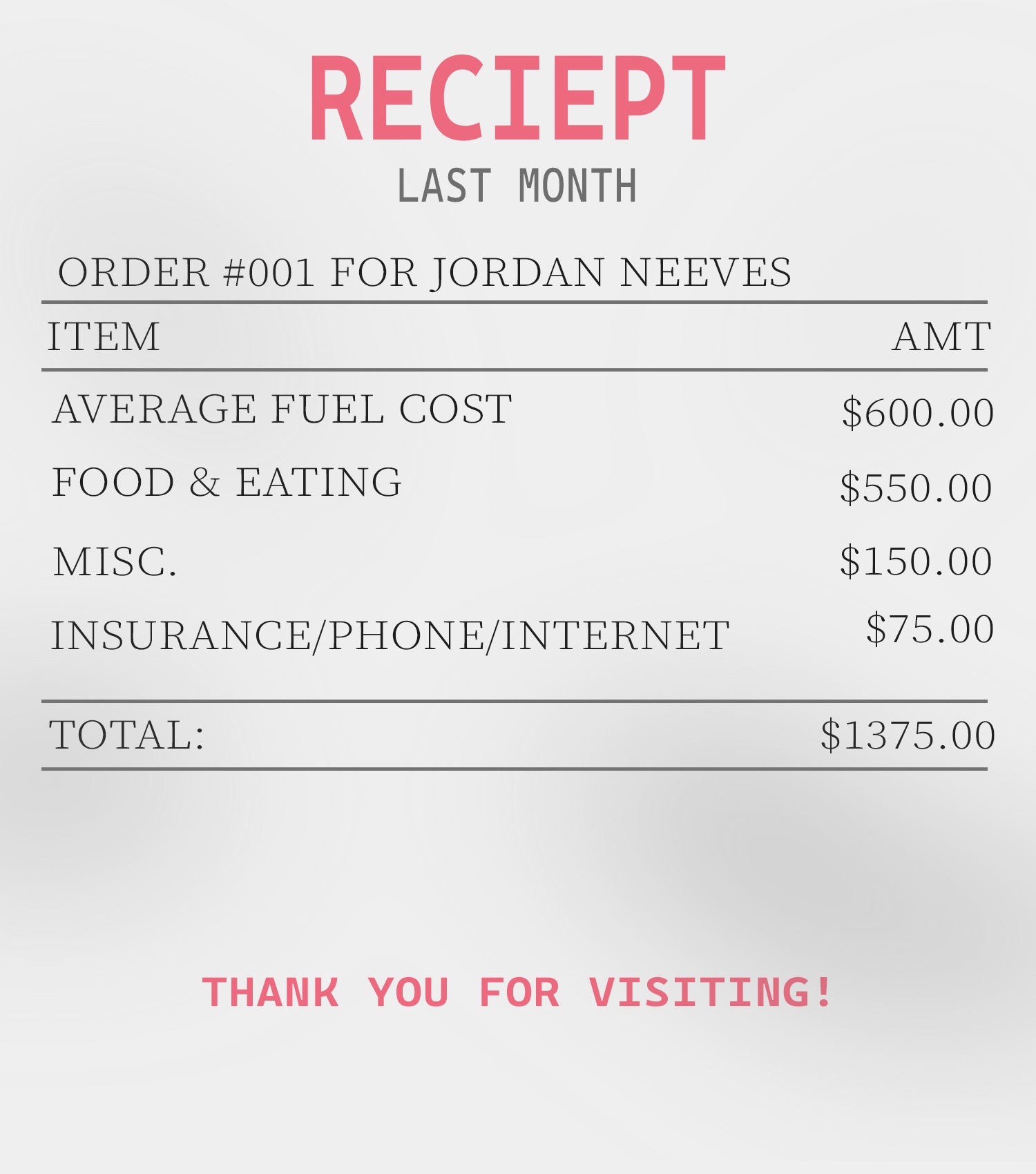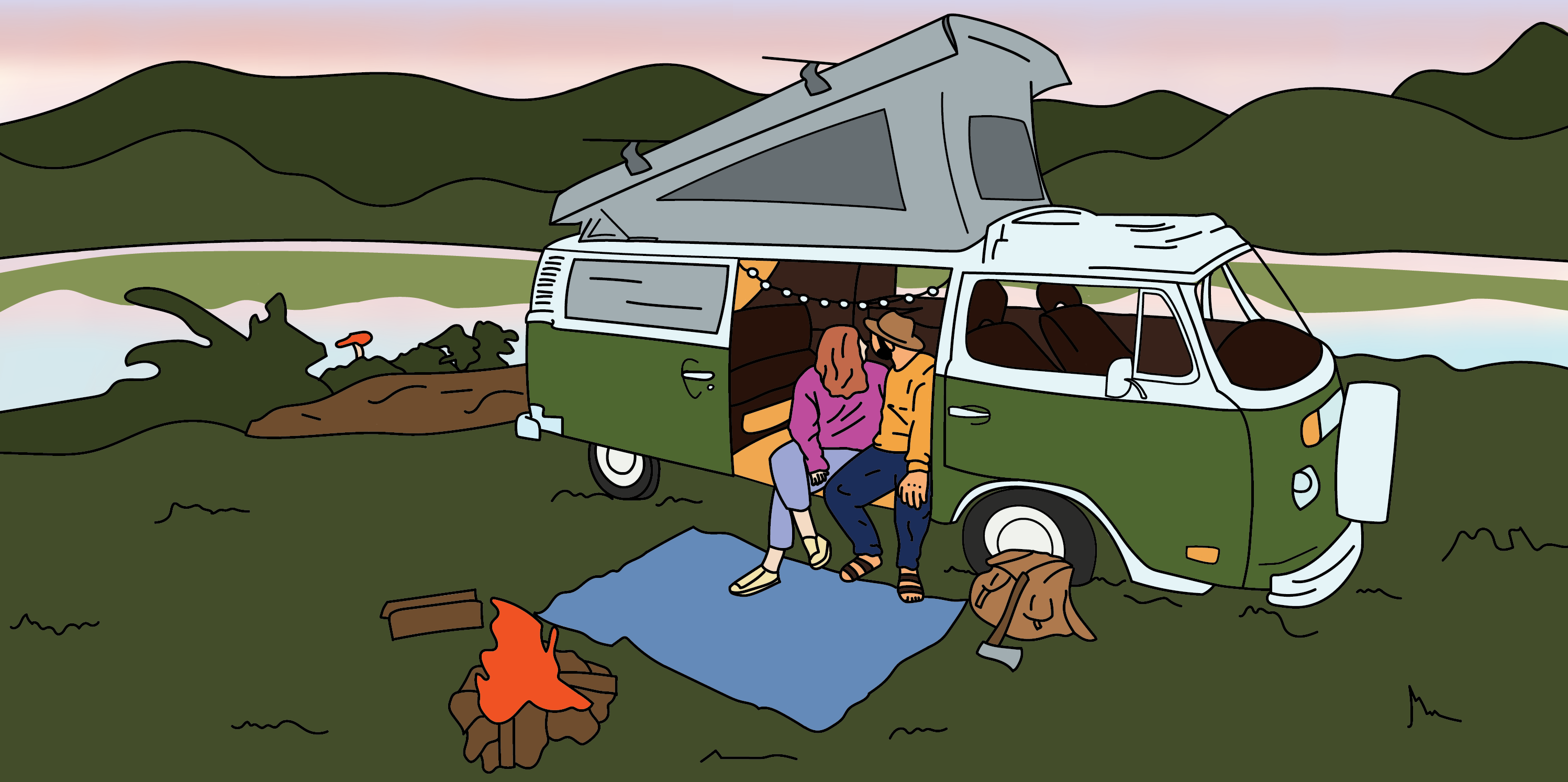From mobile homes to tiny homes, people across the globe are redefining what traditional living means.
Home ownership is one of the most prevalent components of the American Dream. The white picket fence and bright green lawn has become synonymous with the upward social mobility and equal opportunity that the American Dream symbolizes. However, this concept has expanded as the generations change. According to a study done by the New York Times, the American Dream is shifting in the eyes of younger generations. This shift provides a scope into why more people are opting for different housing styles.
The increase of alternative living spans from life on the water to life on the road, and it isn’t just Americans turning the tides on traditional home ownership. Nontradional living is being pursued by different people around the world. There are houseboats in Toronto, tiny homes in Australia or people living in vans traveling across the North American continent.
Reasons for Pursuing
For some who pursue nontraditional living, they seek to escape what it means to live “traditionally” all together.
“I wanted a life that felt exciting, where it wasn’t just the same thing over and over going to the office every day. I didn’t want any monotony, I wanted excitement,” said TikTok and van life influencer Jordan Neves. “This was a way that I felt I could see the world and have a lot of experiences. I was like, there’s no better time than now. So, let’s just do it and see what happens.”
Neves explained that what started as a roadtrip across the States with his friends turned into buying his first bus for $2,500 then, to posting bus renovations and van life content. He has amassed 1.4 million TikTok followers through posting his life traveling in school buses or vans and renovations on the road.
“I think one of the key contributors to happiness is exploration of the mind, like being present and being curious. And this life definitely supports that,” said Neves. “I think as soon as we lose our curiosity, we, for lack of a better word, begin dying. And it’s hard not to be curious, when you get to experience the world more.” When asked, he described his lifestyle as “a professional fun-haver.”
View this post on Instagram
While van life is one way to escape a life that feels restricting, it isn’t the only way. Australian Instagram influencer Tess Johnson Kelly recently settled down into a tiny home located in Nimbin, Australia. She lives with her partner, Sam, and her newborn, Tulsi. After road tripping in the U.S., she realized her interest in pursuing other lifestyles.
“I really want to travel and experience different ways of existing in spaces. I came home thinking I’d really like to get a van. So, yeah, I think from there, it was kind of when I met Sam, he had a van, and so we really jumped into this big trip together, and we hardly knew each other!” said Kelly.
Kelly spoke about how environmental factors and the pursuit of adventure led her to life on the road. After trips with her partner, Sam, and other solo van trips, the two decided to pursue their own version of settling down. “Well, we did a lot of research, we knew we wanted a home and we kind of set the gears in motion. When we found out that we were pregnant, it was kind of a, crap, we need to find somewhere to live,” Kelly said. The tiny home began construction in April, and they moved into the house this July.
“We live in Nimbin, which is this tiny little hippie town that’s known as the weed capital of Australia. But essentially, it’s just a whole bunch of hippies who moved here in the ‘70s for a festival and never left,” said Kelly. “I mean, obviously, we live in a tiny house, and we’re all vegan and want to grow our own food. So it’s kind of a good spot for us.”
View this post on Instagram
However, not all that live in nontraditional housing did so with an intentional pursuit of seeking alternative living.
Toronto houseboat owner and Instagrammer Kate Fincham grew up near the water working on boats. However, she never saw herself living anywhere far from downtown Toronto. That was until she saw the houseboat of her dreams. “I really, really, really didn’t think I was actually going to do it, but it kind of snowballed from there. And the second time I came back, I just fell absolutely in love with it,” said Fincham.
Armed with her knowledge from working on boats as a teen, and the crushing weight of Toronto housing and renting prices, she moved into her houseboat in November 2020.
“It was this kind of an opportunity to kind of live by myself and also, you know, be exactly where I want to be,” said Fincham. “The housing market at the moment, it’s just bonkers. Like, everything is so expensive. It’s prohibitive, like as a single person you basically cannot afford even a condo.” Fincham has embraced the shift fully. Her days are filled with kayaking and hanging out with her neighbors in the marina. She explained that she loves the houseboat community.
View this post on Instagram
“I love my space more than anywhere I’ve ever lived,” said Fincham.
Challenges and Changes
While escaping monotony and exploring different living styles can be a freeing experience for many, it is not a walk in the park. There are several hurdles that you must jump to effectively succeed at living alternatively. In each diverse alternative living style comes different hardships.
If being in a tiny space and traveling in a van while pregnant wasn’t hard enough, Kelly expected and embraced most of her challenges. However, coming from a family of maximalists, she explained the difficulty of getting rid of certain sentimental items. “You just have to let go. And that has definitely been challenging in some ways,” said Kelly.
Fincham didn’t face the hurdle of having to learn all about the ins and outs of boat living. However, her frustrations lay with the lack of resources for more people to live on the water in Toronto. Fincham explained that houseboats aren’t the cheapest choice for alternative living. She believes this is because of mandates and laws that hold living on the water back.
“I think the only problem is, you know, municipal laws here are quite strict,” said Fincham. “I totally agree that you know, if we had more infrastructure for it, and we had more marinas that were year round, it would definitely bring the cost down of houseboats if it became more of a normalized thing.”
Unlike people in tiny homes and houseboats, Neves doesn’t stay in one spot. While using the restroom and showering will always be a problem, Neves’ biggest concern is the lack of security.
“One of the biggest [challenges] is you’re always a little bit on edge, you learn to deal with that, and learn to become normal, but you’re always a little bit more aware. You always sleep a little bit lighter. You know, like little things like that you’re always checking your surroundings, you’re feeling people out a lot more,” explained Neves.
Neve’s fears aren’t unfounded, in recent years there have been some high profile cases of people in the van life community with tragic endings.
Let’s Talk Business
While alternative living has its downsides, the cost is one of the main benefits and reasons people pursue nontraditional housing. Whether it be the small spaces or the lack of waste, it often ends up being much cheaper than the traditional home or apartment.
In a tiny home, everything is smaller: the land, the building, and for Kelly, the consumption. This makes her lifestyle much more affordable than traditional living. “If we think about the house itself, it is tiny, so our costs of water, our costs of gas, we just buy little gas canisters, rather than paying a whole gas bill. Electricity will eventually be offset by solar, most of them come with solar. So that kind of drops that cost as well. So, in the long run, we’re paying a lot less than we would be if we were living in a bigger house,” said Kelly.
She explained that since she is living near her parents on their land, in turn, she has not had to rent or pay for the land her house sits on like most others, which is another penny saver.
Fincham pays more than the others with marina fees, electricity and other small things such as postal and washing fees. “You know, I wouldn’t say it’s the cheapest of all the options, but it’s definitely totally doable,” said Fincham. “It’s definitely cheaper than renting a condo.”
In contrast, just as Neves never stays in one place, neither does his cost of living. The price of gas, and van or bus repairs will vary from month to month. “I can travel and pay $500 to $1,000 a month for gas, which is a lot if you’re thinking in terms of gas, but what are most people paying for rent to have an apartment? So I look at it like that,” said Neves.



Minimalism
Something that seems to bond most alternative living styles together is minimalism. In most of our lives, our living arrangements support a lifestyle of adequate abundance. In fact, The Atlantic reports that “Americans buy a piece of clothing every five days, on average.” This waste, which produces harmful environmental consequences, cannot be sustained in small spaces that alternative living often entails.
“It comes back to the essentials, really,” said Neves. He explained that he works on an exchange system. If he gets something new, he must get rid of something old.
“Once you’re able to see how much you need to be happy, you’re able to really step back and be like, all the things I think that are contributing to my happiness and well being are probably not really doing anything to help me.”
Kelly explained that it isn’t easy to change to this mindset. It isn’t a light switch that you can switch on and off. She explained that we live in a world with intelligent advertising that beckons us to continue to purchase more.
“I mean, everywhere you go, in our society, you’re bombarded with new stuff to buy, new trends to follow, especially if you’re online and you’re scrolling through Instagram, and every few posts, there’s an ad, and it’s tailored directly to you and your tastes,” Kelly said. “There’s so much insidious marketing that goes into getting people to buy more stuff.”
Fincham explained that to navigate minimalism in her smaller space, she ensures that her space remains multifunctional. Couches that people can sleep on, chairs that stack away and functional storage allows for her to have small creature comforts we might take for granted in traditional housing.
“Also, I mean, there are certain things that you can kind of make acceptances for. I love having people over for dinner, and so I have a little closet that has napkin rings and placemats. And it’s like, is that an insane thing to have in a tiny house? Absolutely. It’s ridiculous. But you also, you know, kind of learned to be minimalist in certain other ways, and have furniture that’s multifunctional,” said Fincham.
The Future of Living
Life is not static. The generations will change mindsets on different life decisions. The future of living is uncertain with changing populations and rising prices. However, many believe that younger people will be more willing to shift into different ways of living.
“There’s more of a focus on what you want out of life, and what you want out of your career,” Kelly explained. “I think that’s definitely something that, speaking to my parents, that’s something that we think about, and that’s not something they ever thought about.”
Neves agreed that the younger generations are gravitating toward something that feels more authentic and fulfilling.
“I would say that the [people] in our mid-20s, we’re in a lot of debt and probably not very happy. What can we do? So I see people gravitating toward this life as a way out to give themselves some financial stability, and to get some life experience,” said Neves.
Fincham explained that it’s a privilege to be able to ditch traditional living because it’s not possible for everyone. “Not everyone has the capital, and not everyone has the ability that if that completely fails, they can go stay with friends or family until they figure out the next steps,” said Fincham. “But I think if you are able to do it, and you’re an adventurous person and spirit and you think this could be fun, absolutely, just do it. You won’t regret it. If anything else, it’s a great story, and, you know, a fun adventure for a bit.”
Header illustration by Madeline Smith
Graphics by Samarah Nasir




NO COMMENT